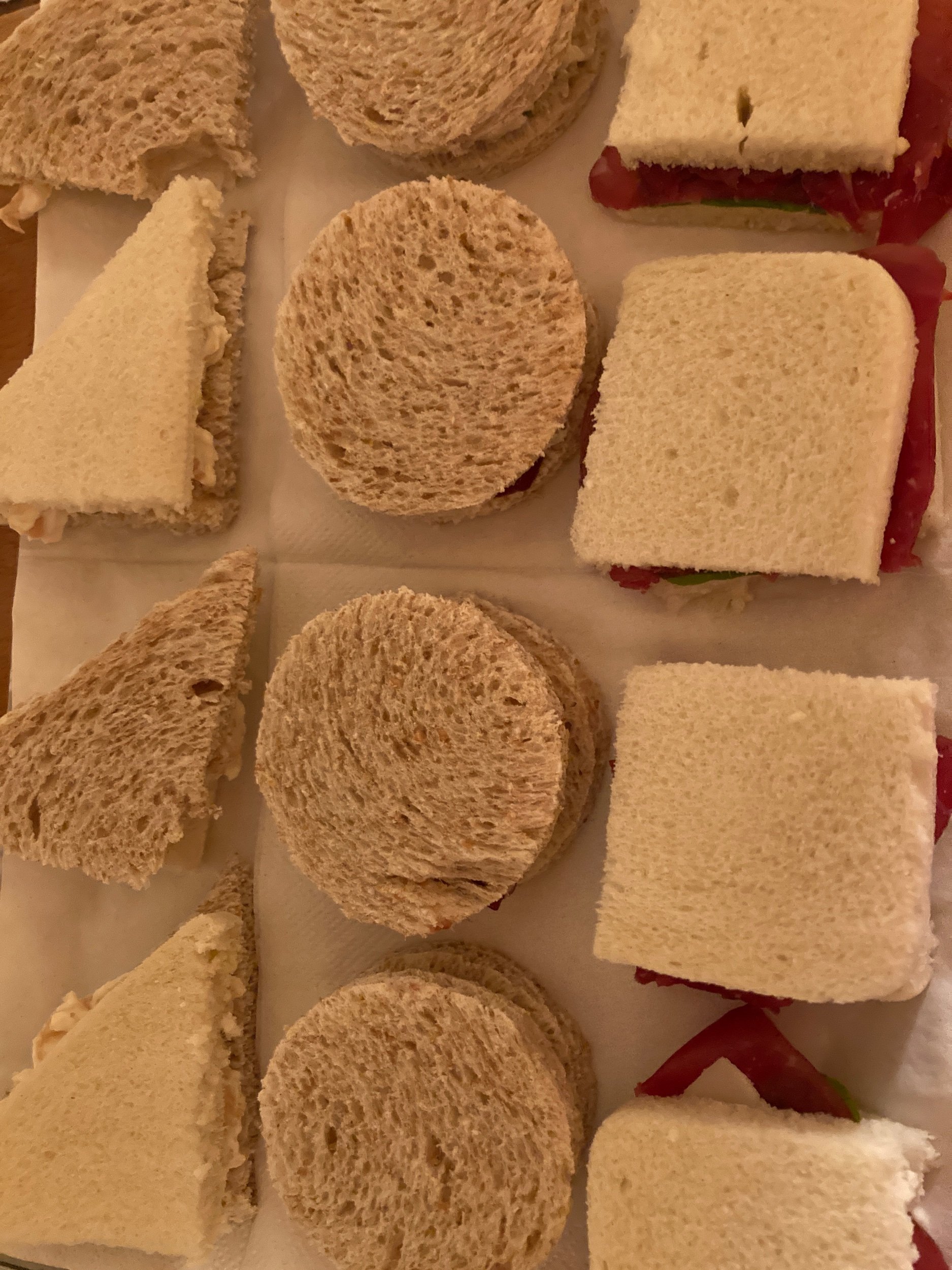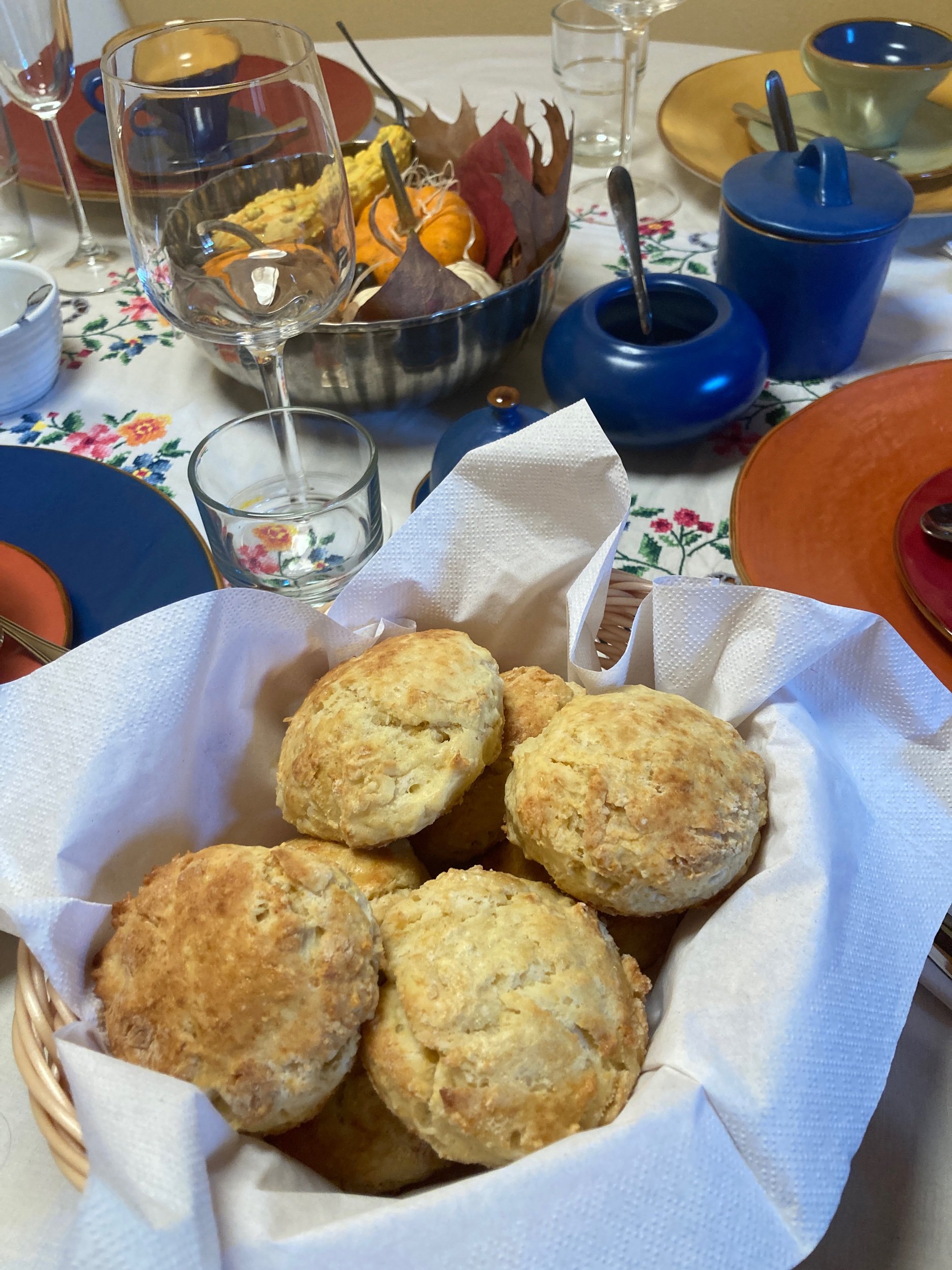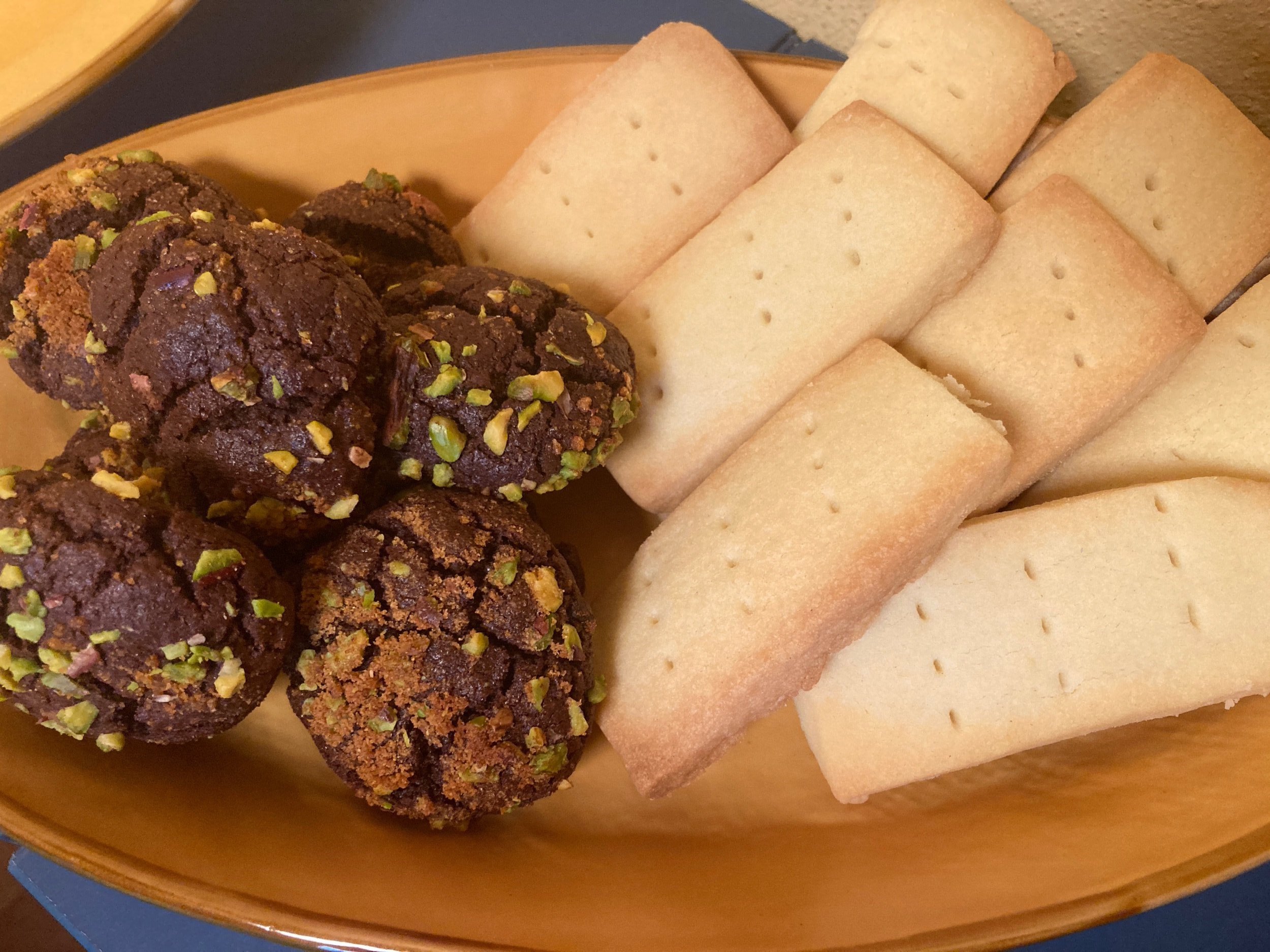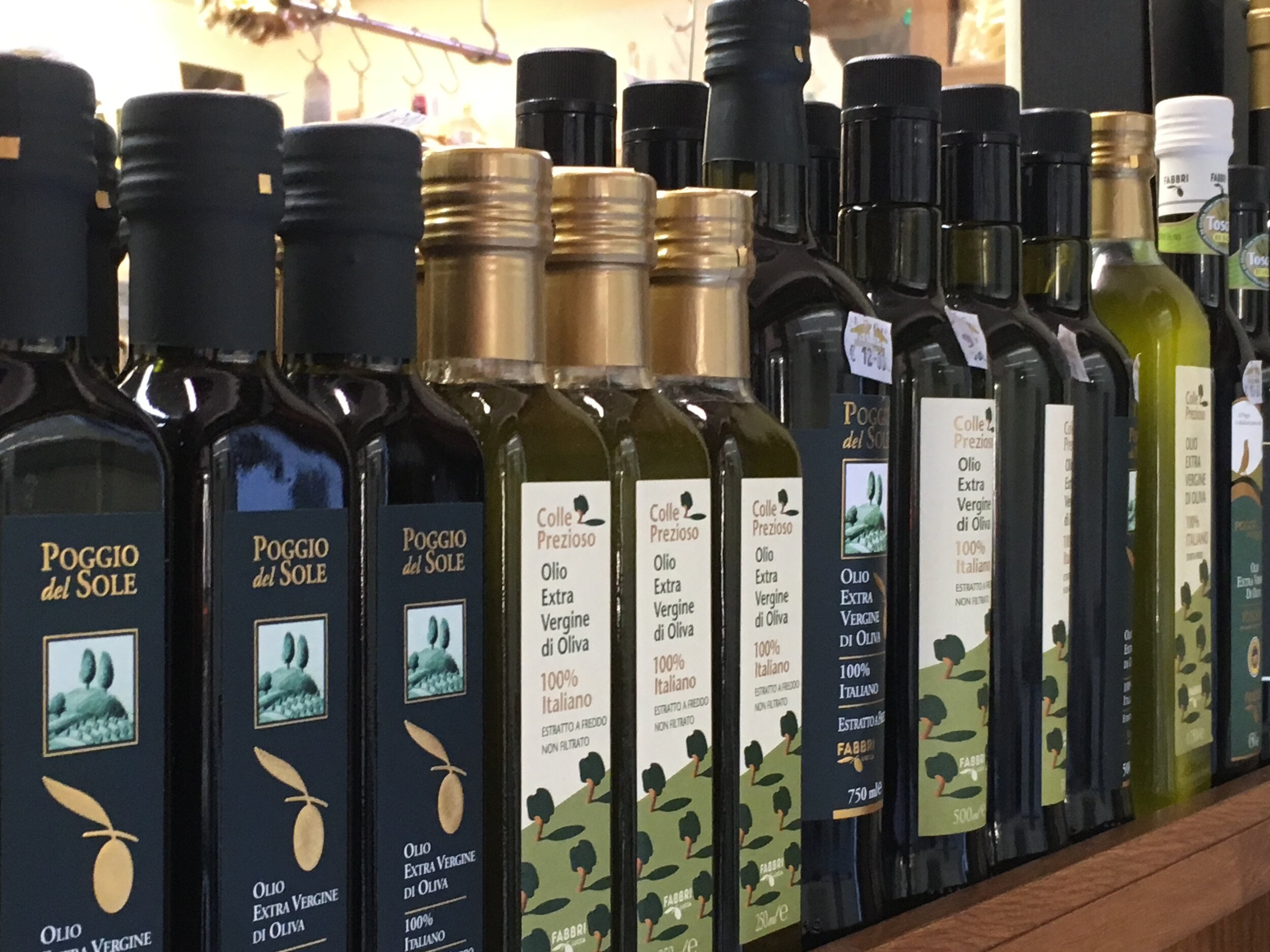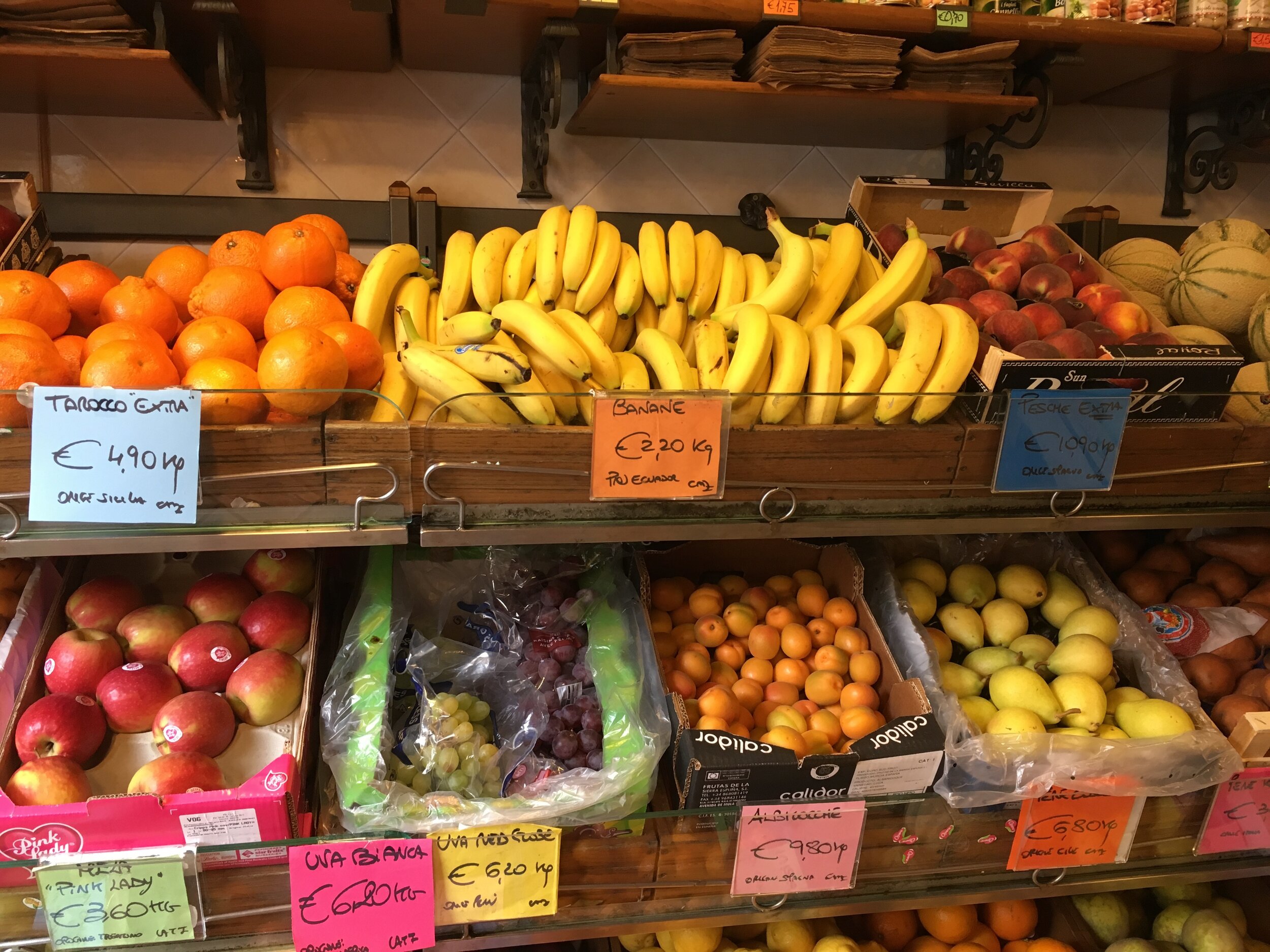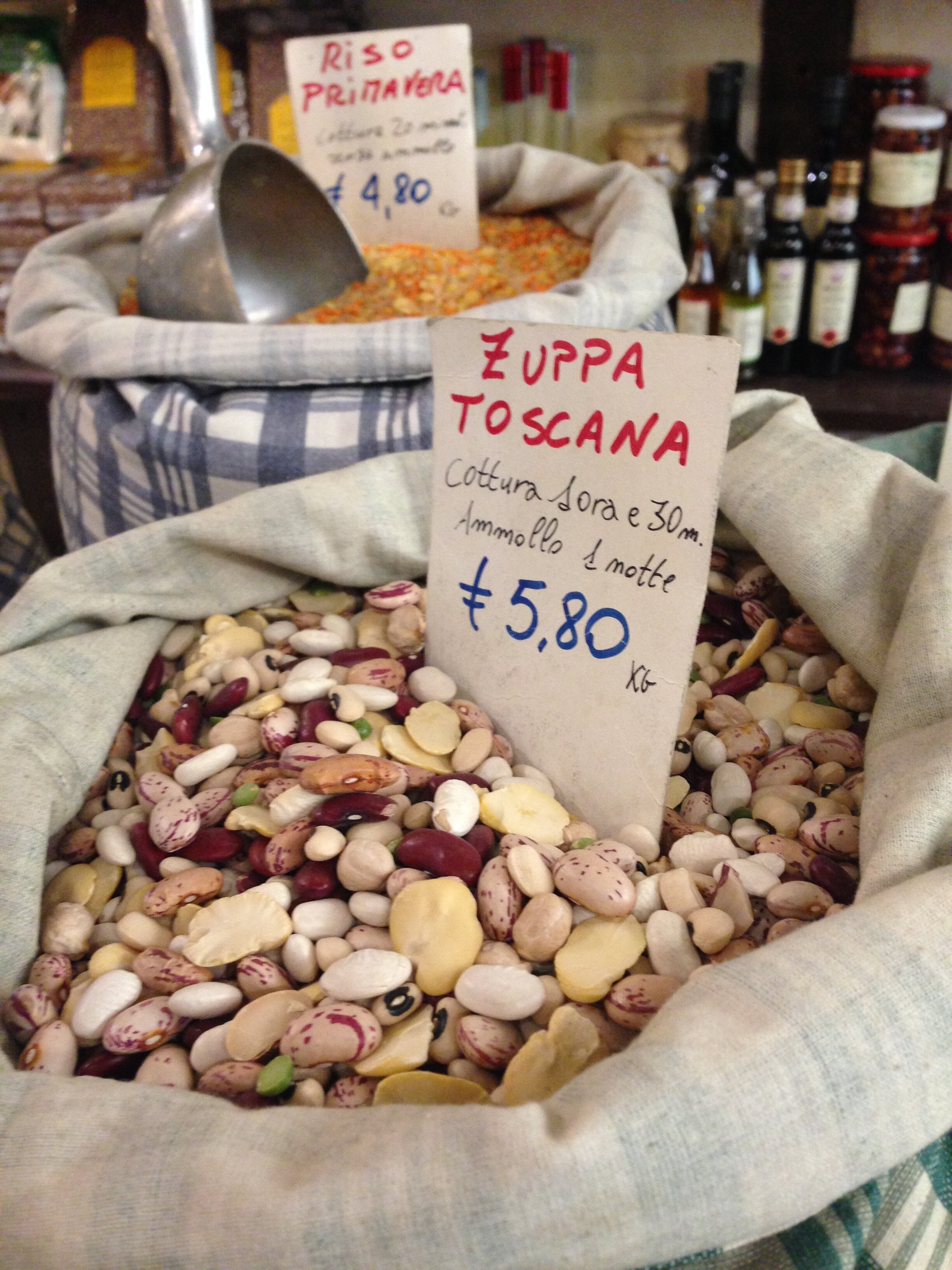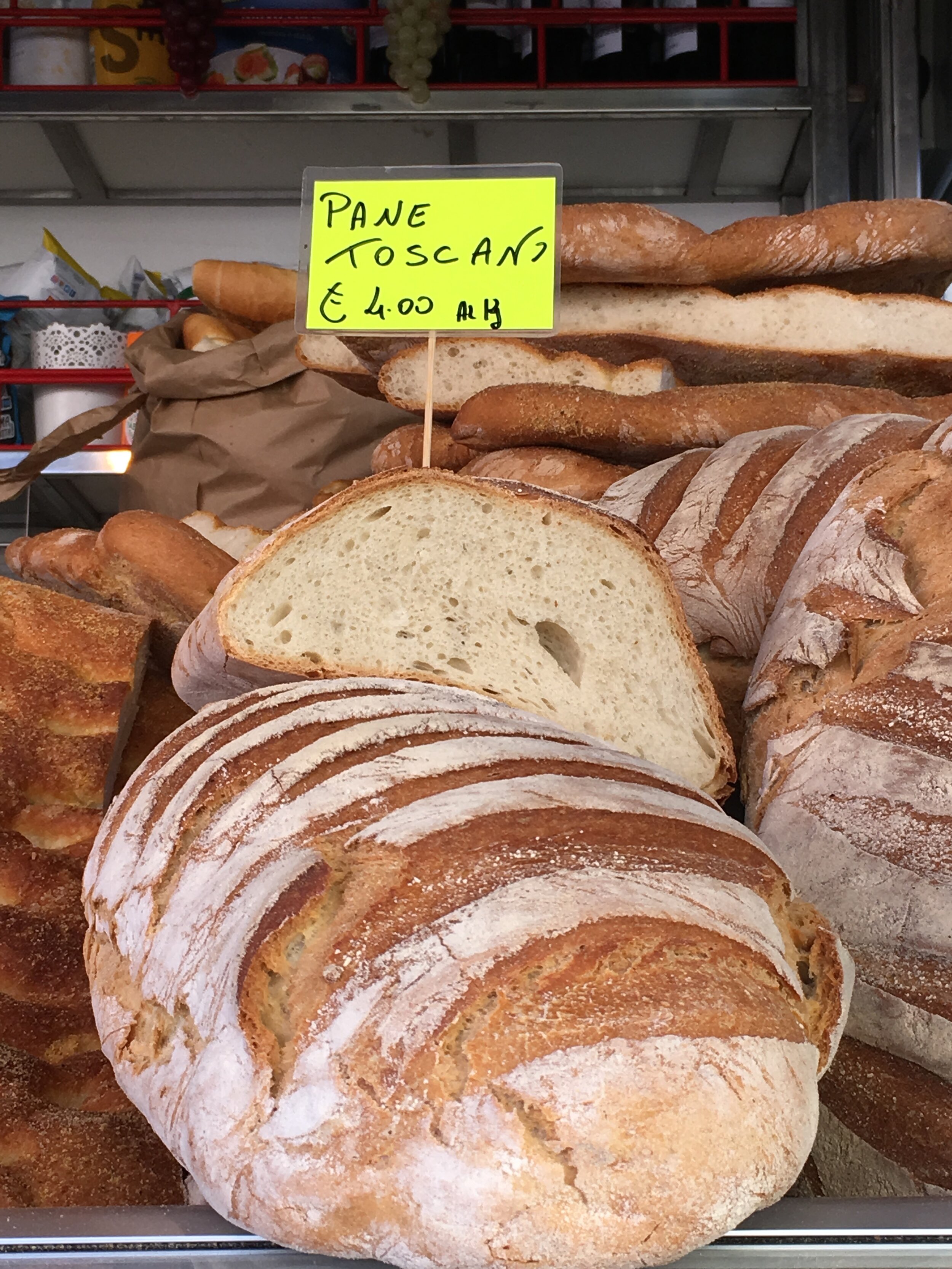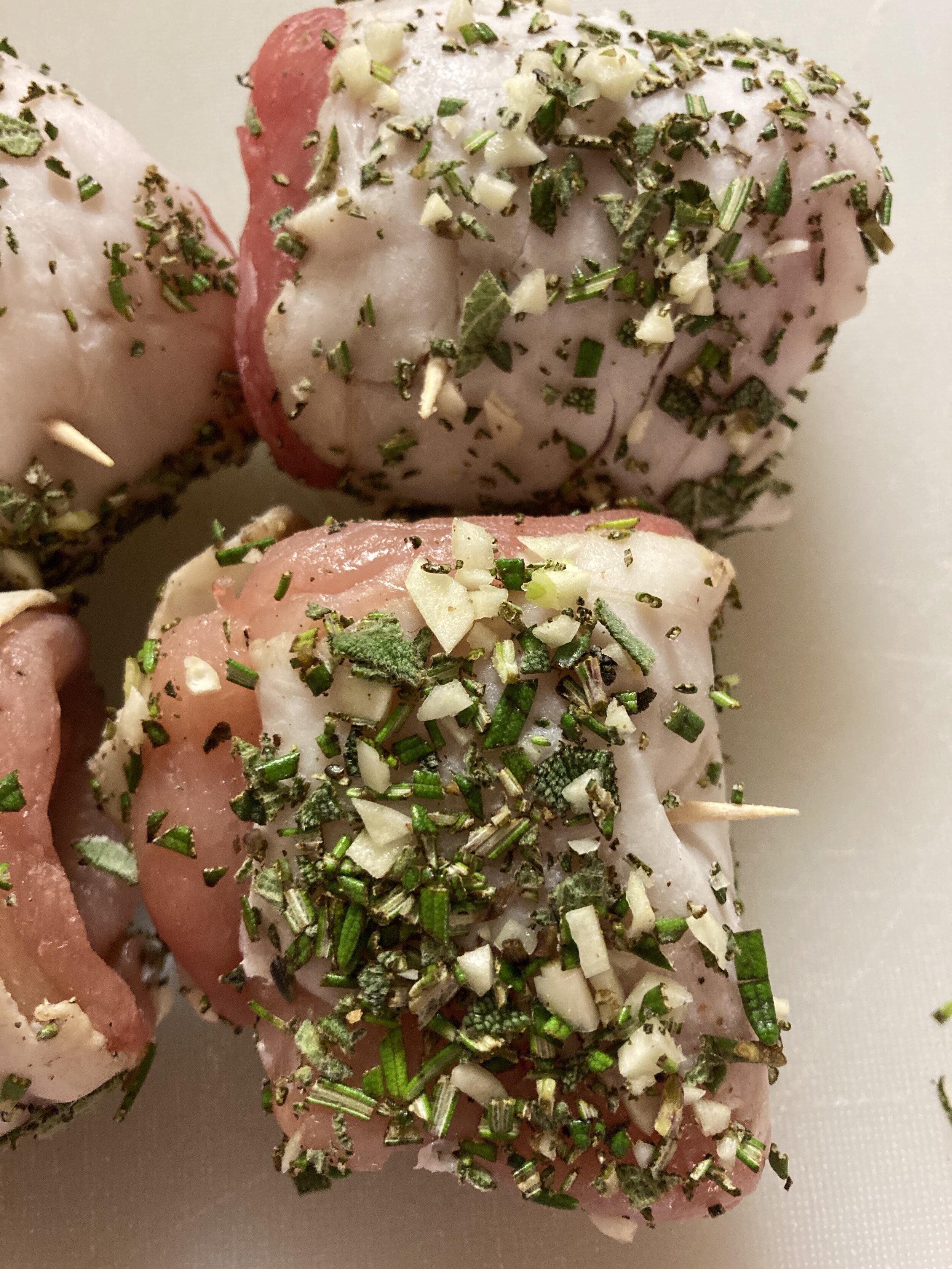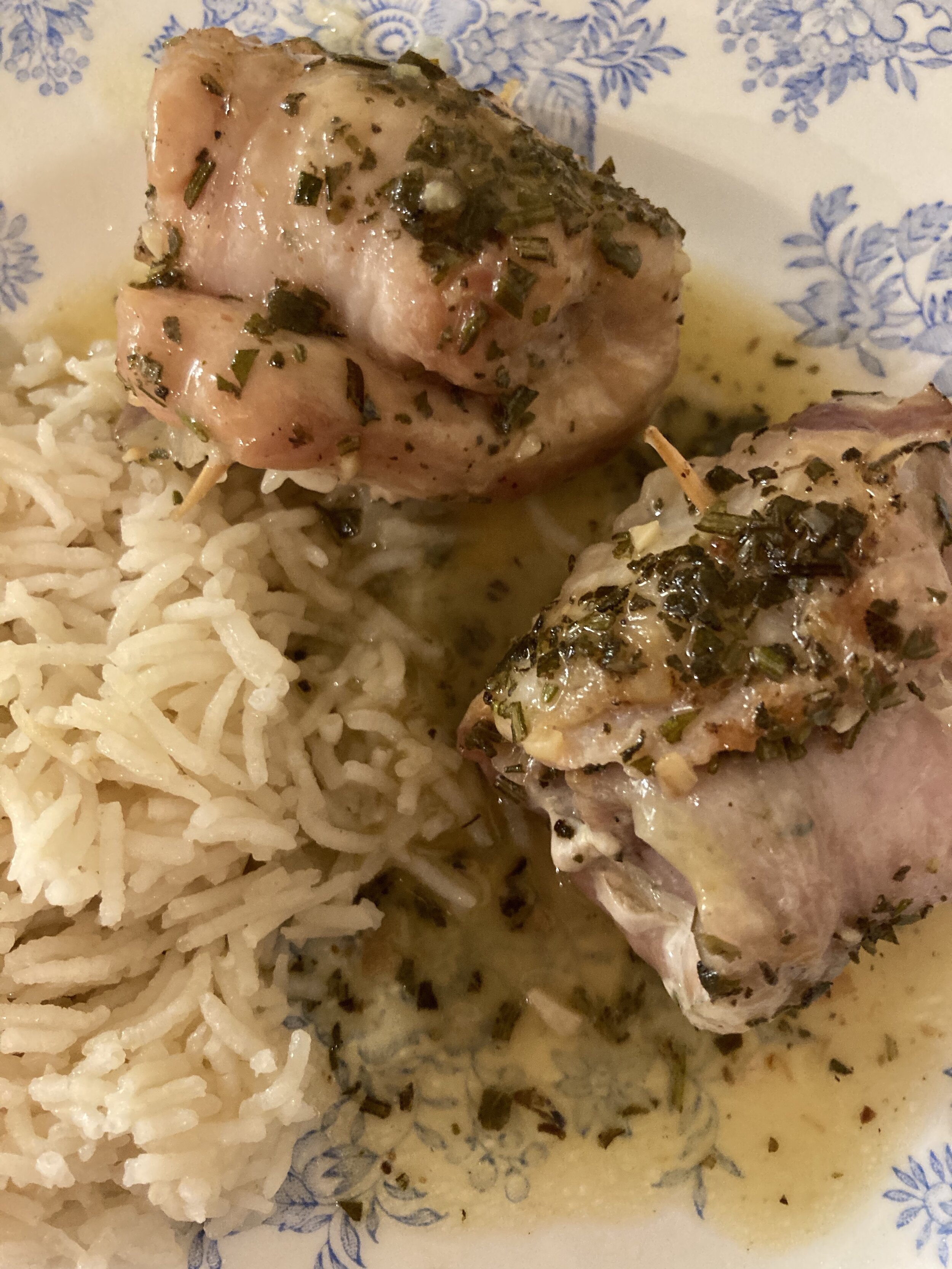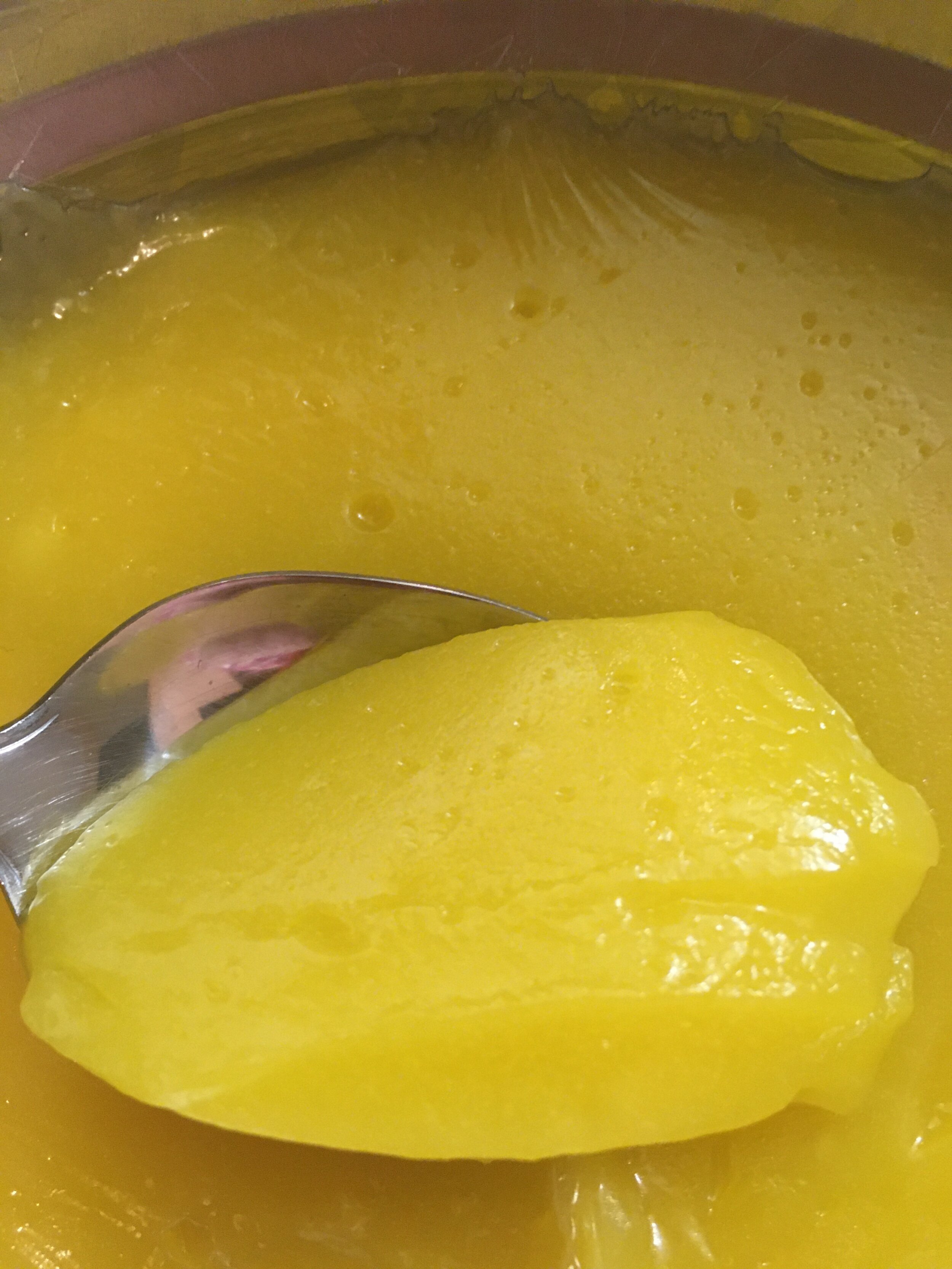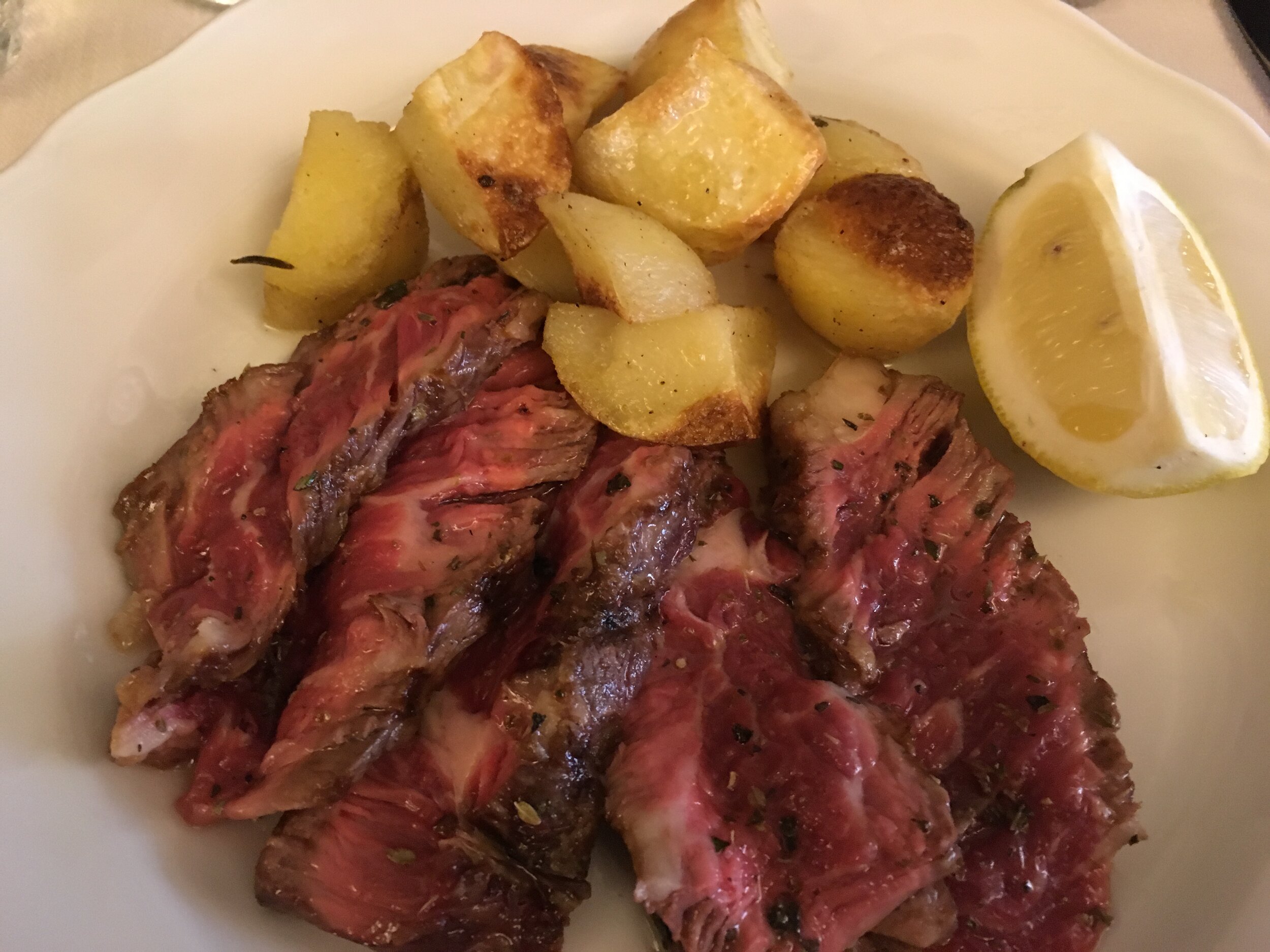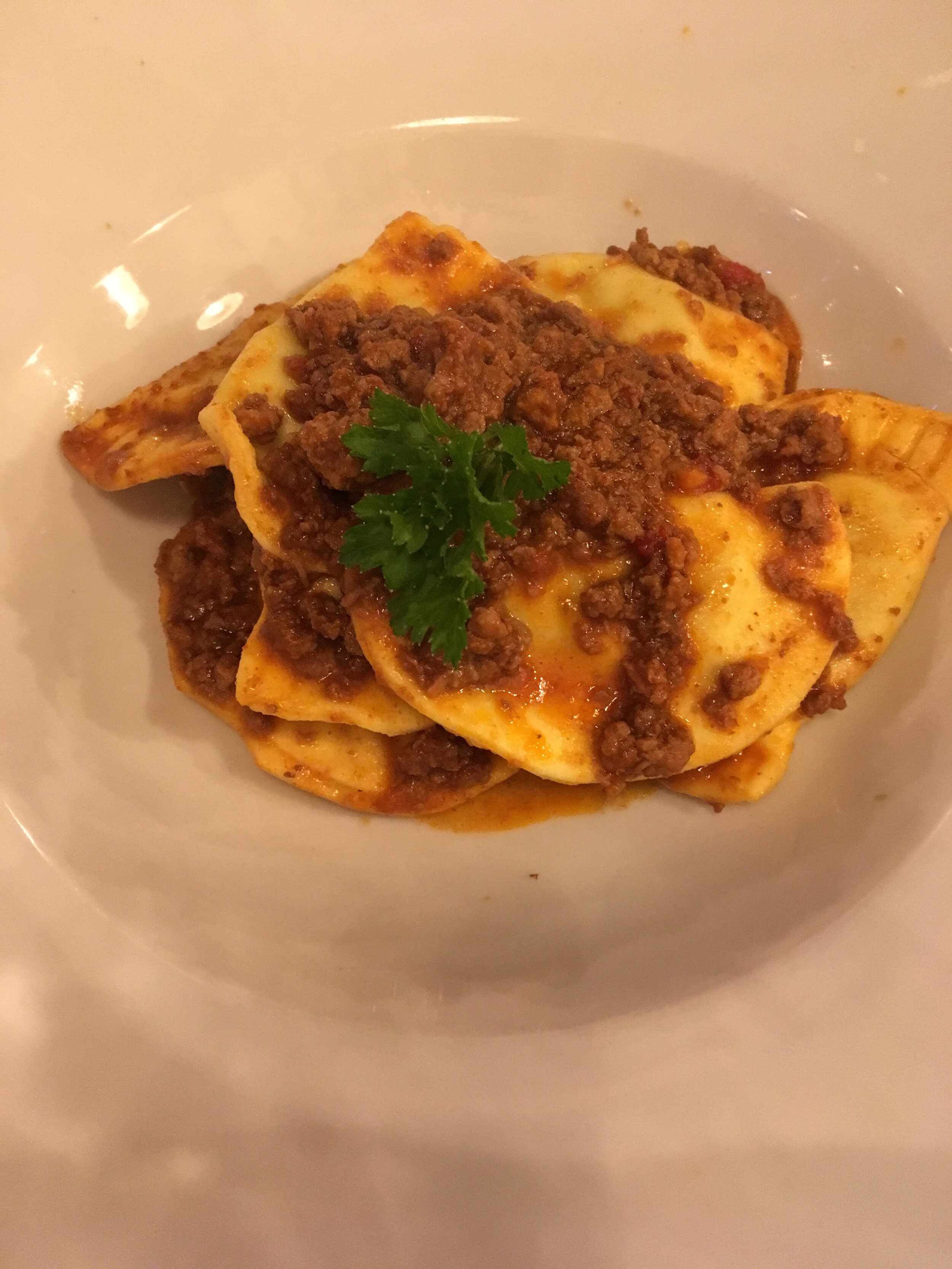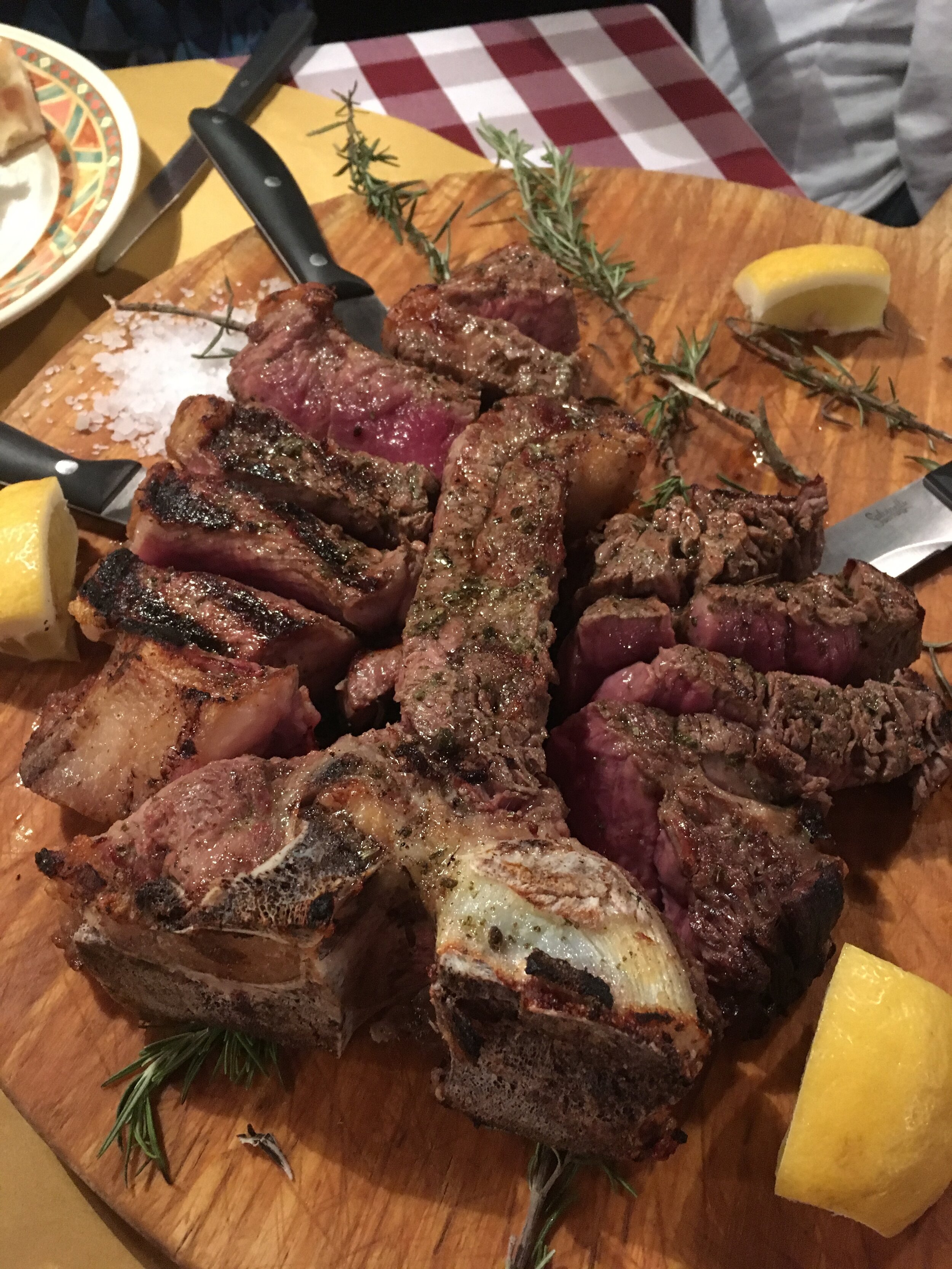Cook Once and Entertain Twice: An Afternoon Tea and Evening Aperitivo
I’ve always adhered to the “cook once, eat twice” school of meal prep. This was especially true in the days when I was working full time and doing most of the cooking for my family. Even now, when I am usually cooking for just one in my tiny Italian kitchen, I love making extra and having leftovers. Soups, stews, extra salad ingredients all prepped - these things make life much easier.
One lump or two ? The quintessential tea question.
But I’ve never really applied that approach to entertaining. It was just a bit of serendipity that recently saw me doing some culinary recycling, stretching the preparations over two separate events.
I had carefully planned the first event - an afternoon tea for a a group of friends, one of whom is soon to depart Lucca for her home across the sea.
The tea was a fairly formal affair with dainty tea sandwiches, scones with lemon curd, and the Queen’s own shortbread (or so the recipe claimed) along with chocolate cookies rolled in pistachio bits.
It was served in proper courses - first savories, then scones, and finally sweets. Very ladylike!
With plenty of leftovers, I turned around the next day and hosted an impromptu rainy evening aperitivo. One key - there was no overlap in the two groups that I hosted, so that no one was seeing the same dishes twice. I did fess up to the aperitivo group that I had served some of the same things, though in slightly different form, the day before. They did not seem to mind at all! Of course a formal tea with scones and the like is not appropriate fare for an evening aperitivo, so I had to change things up a bit.
A buffet rather than a formal table setting worked best for the aperitivo. But the fall centerpiece and even the tablecloth worked for both.
For the aperitivo I did make one platter of small sandwich rounds filled with a gorgonzola pecan spread and some cherry jam (exactly the same as I’d served for tea the day prior). But I changed the other sandwich offering - the one with a salmon cream cheese filling. For the aperitivo, I served the salmon filling as a spread for crackers rather than in the little triangular sandwiches I had made for the tea.
What was a salmon sandwich filling for tea became this spread with crackers for the aperitivo
I added a bowl of potato chips and a couple of bottles of wine and - voila! - an Italian aperitivo. We ended up talking for hours, solving many of the world’s problems, which gave me a perfect excuse to set out the leftover cookies.
Doing the two events back to back was fun and used my leftover ingredients to great advantage. And it really cut prep time! With slight modification, the table setting morphed from formal tea to informal aperitivo. Even the fall centerpiece of leaves (collected on Lucca’s walls) and local gourds and pumpkins made the transition nicely. Plus, I was able to see two different sets of friends and enjoy two very different events. That was the best part.
Cook once and entertain twice or, in Italian, cucina una volta e intrattieni due volte, just may be my new motto.
Fall days in Lucca are perfect for entertaining.


